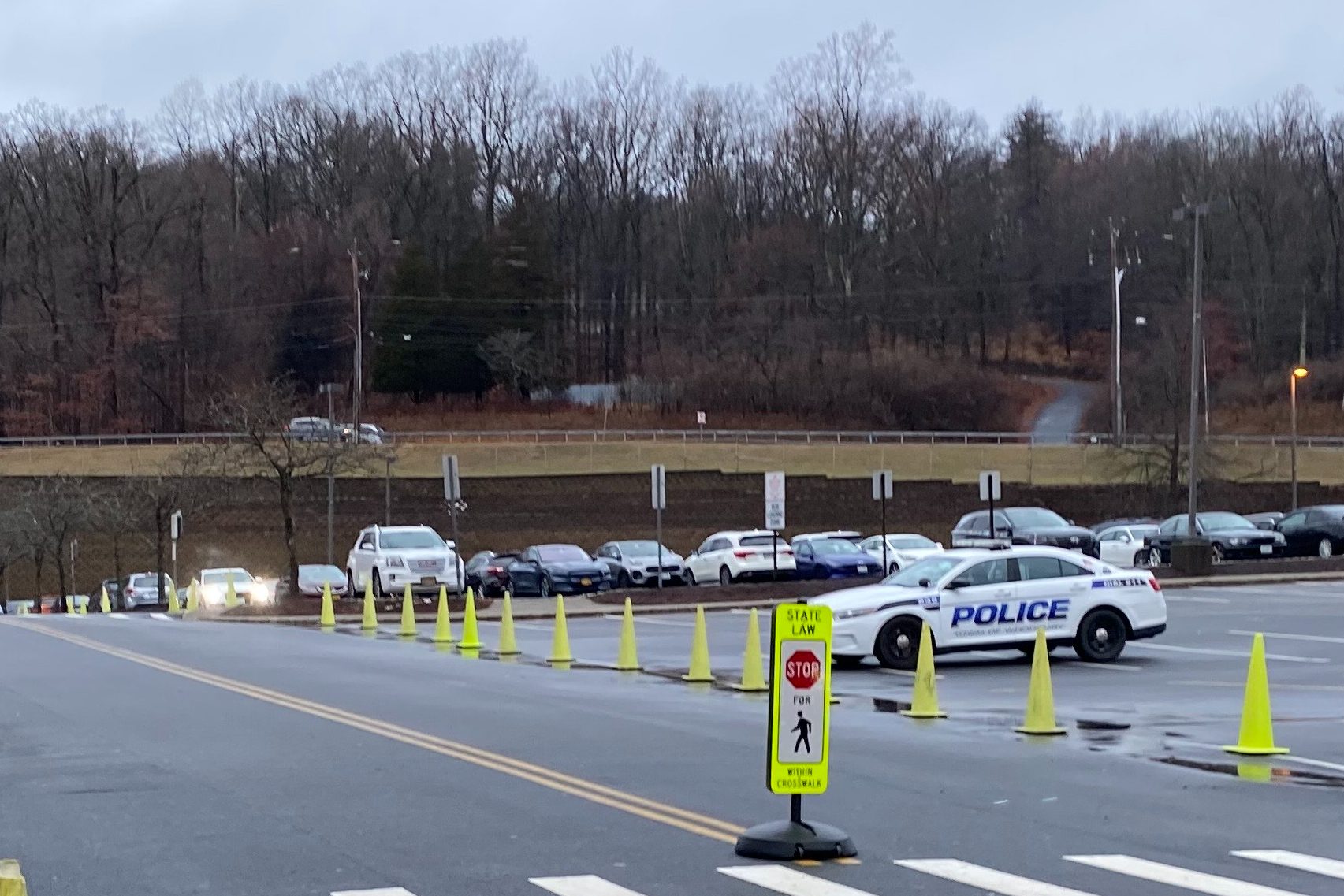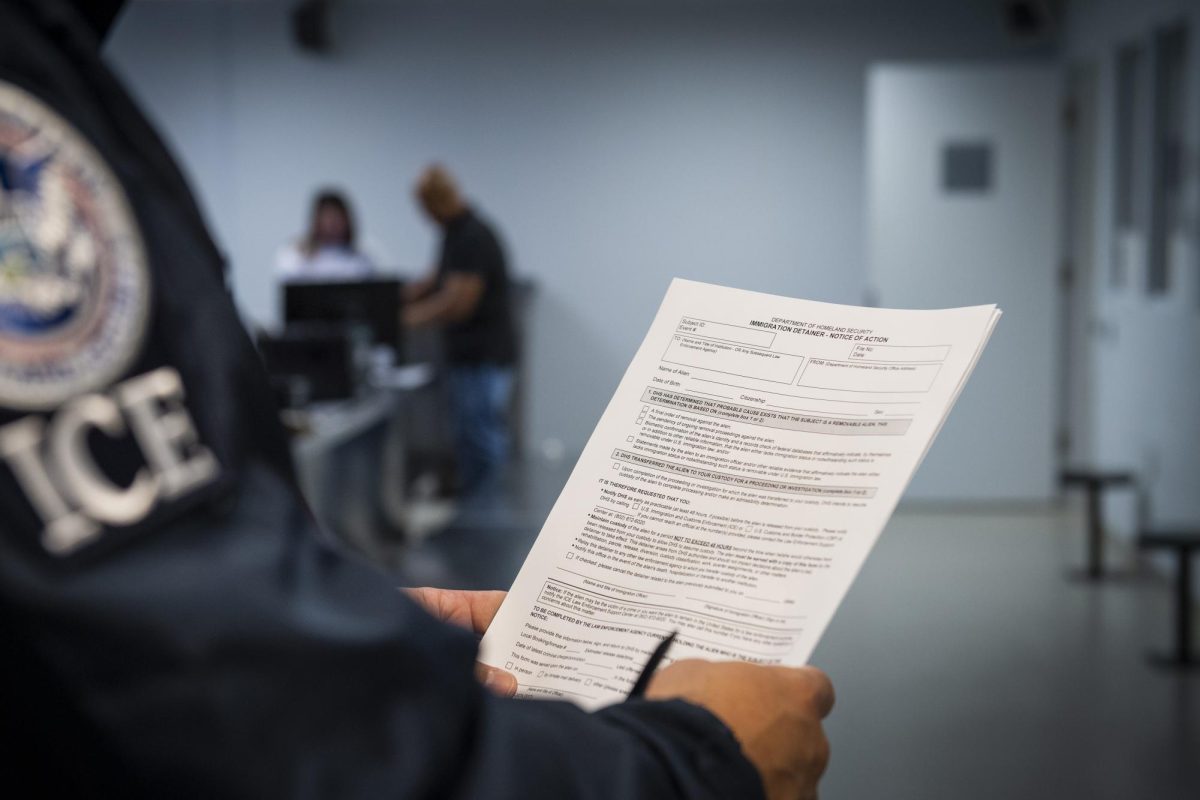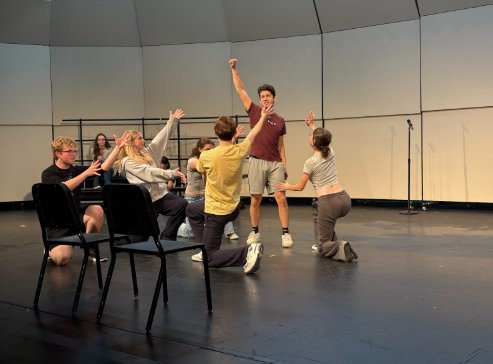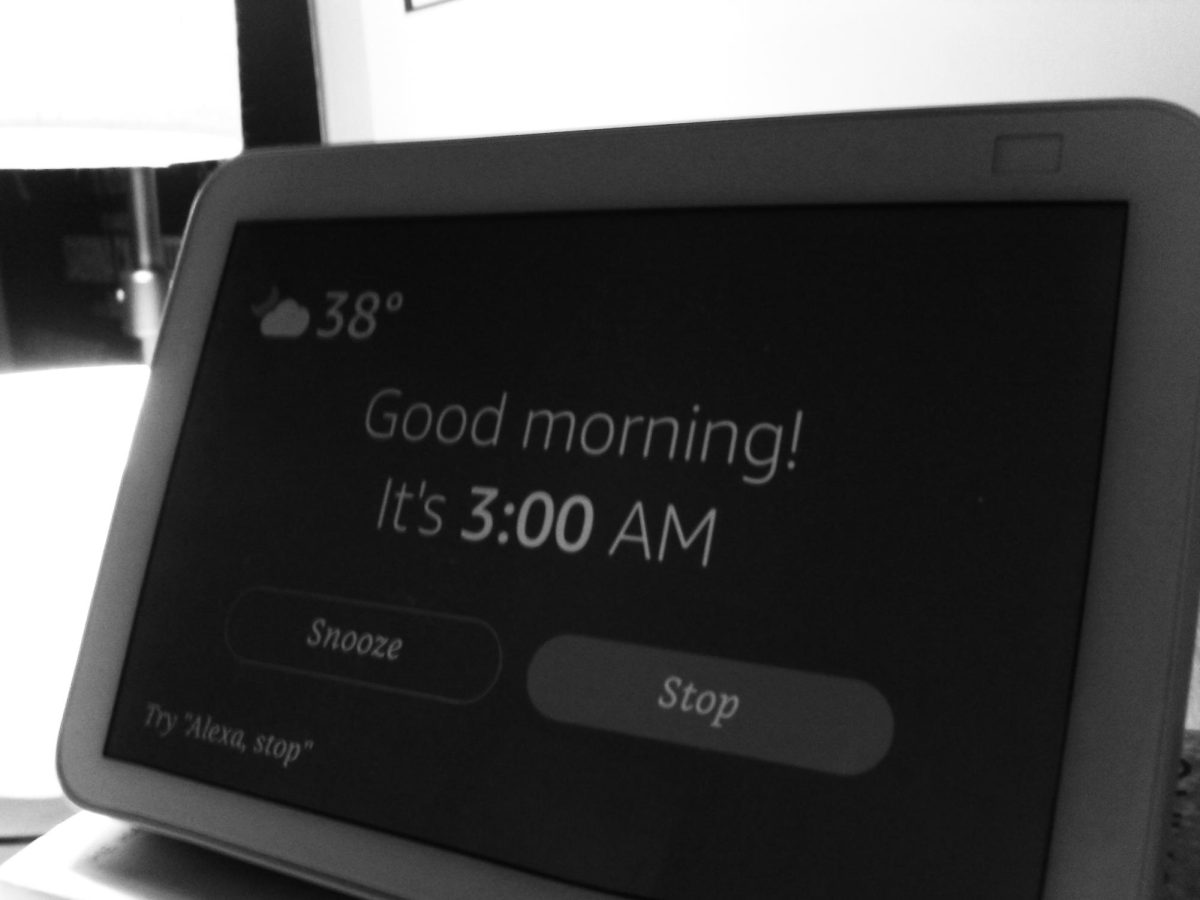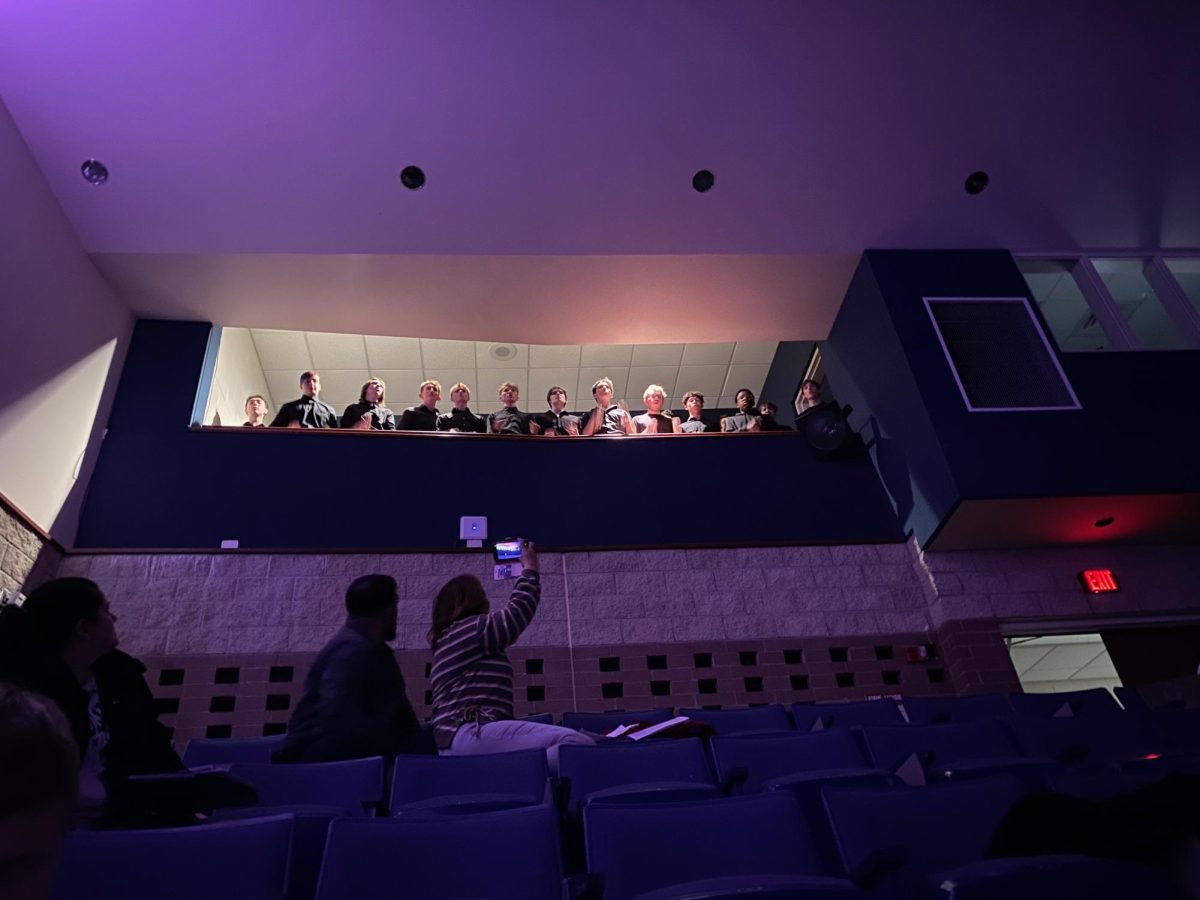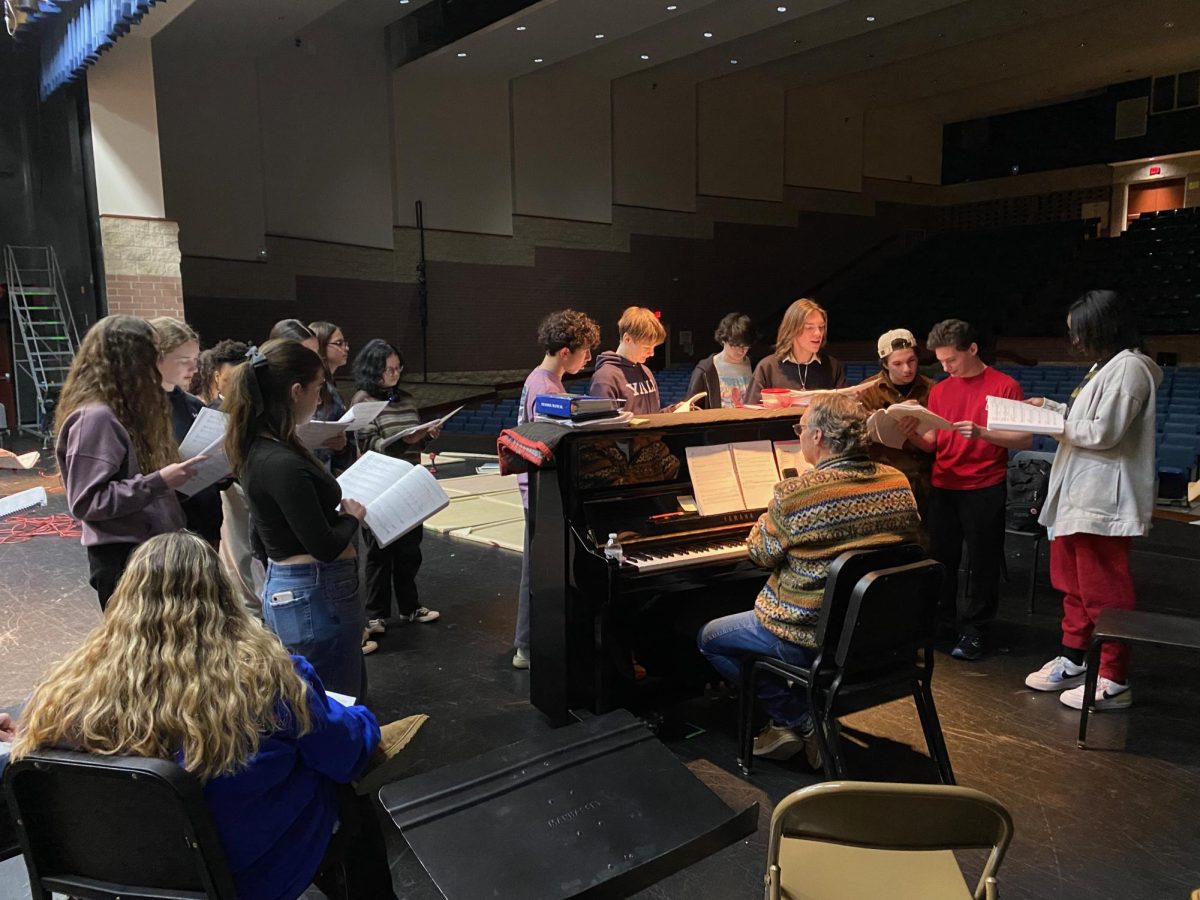In the wake of rising concern over school violence and juvenile crime, new school officials have arrived: school resource officers (SROs). In 2022, Monroe-Woodbury introduced SROs to its schools, following the lead of other districts across the country.
Debate continues over the impact of SROs. Some argue that they are needed to reduce violence in schools, while others argue that they contribute to the school-to-prison pipeline.
A Monroe-Woodbury SRO declined to comment to the Wire and another did not respond to email.
Here’s the run-down on how Monroe-Woodbury employs SROs.
School Resource Officers vs. Security Guards
SROs are different from safety officers, also known as security guards, in that they are armed law enforcement officers, said Mr. Tripodo, the district’s Director of Security and Emergency Preparedness. They have the same scope of practice as a police officer, from arresting students to seizing evidence.
SROs work in all Monroe-Woodbury schools. Monroe-Woodbury partners with the Village of Monroe and the Town of Woodbury for their SROs.
Village of Monroe police are employed in North Main Elementary, Pine Tree Elementary, and Sapphire Elementary, while Town of Woodbury police are employed in Monroe-Woodbury High School, Monroe-Woodbury Middle School, Central Valley Elementary, and Smith Clove Elementary. Students may have seen SROs standing in the halls or parking lots in uniform.
Depending on the situation, SROs may carry their weapons in the open or concealed. The Town of Woodbury SRO Uniform Cost Sheet, a list of the costs of each item of the Woodbury SRO uniform, states that each Woodbury SRO is provided with a P226 pistol, a semi-automatic AR-15 rifle, and a taser.
The Job
SROs enforce the law, prevent crime, and serve as mentors, according to the School Safety Plan. These three duties as law enforcement officer, educator, and informal counselor are called the triad model by the National Association of School Resource Officers (NASRO), an SRO organization that also trains the SROs at Monroe-Woodbury.
In the district, SROs are members of the Threat Assessment Team, a group of building personnel who identify and assess individuals as potential threats.
As required by New York law, Monroe-Woodbury and its two police department partners have created Memoranda of Agreement that define expectations for its SROs. The Village of Monroe and Town of Woodbury Memoranda can be found on the BoardDocs website. They are also available through a Freedom of Information Law request according to Mr. Tripodo.
Prohibitions
SROs are not allowed to discipline students, according to Monroe-Woodbury policy. Unless there’s an immediate safety need, Monroe-Woodbury SROs should collaborate with the building principal prior to law enforcement.
In New York, SROs can’t detain or interrogate students to determine their immigration status, decided when in 2019, the New York Office of the Attorney General issued “Guidance on School Districts’ Duty to Safeguard the Rights of All Students”. Doing so could open the school to liability since undocumented students have a right to public education in New York, and their immigrant status is irrelevant to safety.
Federally, under the Family Educational Rights and Privacy Act (FERPA), SROs are not allowed to access confidential student records except if needed during an emergency.
In December 2024, the U.S. Department of Justice Community Oriented Policing Services (COPS) Office had to update their SRO guidelines to include prevention of sexual misconduct and assault. They recommended awareness training for SROs and clear policies on how SROs should interact with the children they serve.
NASRO applauded the revision of the guidelines.
Student Rights
A student gives up some privacy inside school to ensure its continued safety and educational environment. When a student is detained or questioned by an SRO in New York, in the eyes of the law, they are interacting with a school official instead of a police officer. This means students have fewer protections from SROs than from outside police officers.
SROs in New York only need reasonable suspicion that a student perpetrated a crime to question or detain them . This is the same level of evidence a school official needs, whereas police officers may need probable cause that a student perpetrated a crime to conduct the same action.
In Indiana, an SRO found a student and two others walking the halls during class without a pass. The SRO asked for his ID, which he said he didn’t have. She then conducted a patdown search to find the ID. During the pat-down, he dropped something down his pants. Then, the SRO handcuffed him, and brought him to the police office where another SRO conducted a more thorough search, finding a bag of cannabis. The Indiana Appellate Court ruled the pat-down was a legal search because the SRO acted in the interest of school safety.
Miranda warnings, the right to remain silent and the right to an attorney a police officer reads to a detained person, aren’t necessary if an SRO is present but does not participate in an interrogation.
Nationwide, the legal distinction between an SRO, a police officer, and a school official isn’t certain. Between states, courts have disagreed on what rights students have in an interaction with an SRO.
Most rulings follow the lead of New Jersey v. T.L.O, a Supreme Court case that decided school officials can conduct reasonable warrantless searches of students, even if probable cause would be needed in a non-school setting.
Student and Teacher Opinions
“I feel like they’re helpful because this school’s crazy. Outside we definitely need more, like after school,” said Marlie Laguerre, a senior from last year who has since graduated.
A teacher who wished to be anonymous expressed concern about the impact of SROs.
“I think there’s probably a lot of pros and cons. There’s probably a lot of downsides that get overlooked to create a sense of safety. Issues that could be, historically, dealt with in the school, if law enforcement is involved, could create legal issues for the student. I just think back to when I was a kid and what I got into, and what would change if the police were involved,” the teacher said.
Mr. Tripodo said the community response to SROs has been “positive and welcoming”.
Opposition
Opponents of SROs believe they contribute to the school-to-prison pipeline, a system through which students, often disproportionately of color or disabled, are thrown into the juvenile justice system due to their actions in school. They argue that incidents traditionally handled by school officials, like drug possession, will be handled by the SRO, leading to arrests, court proceedings, and jailtime.
NASRO has responded by claiming that SROs reduce student arrests by using their discretion to avoid arresting students.
Police brutality is another concern. Opponents point to incidents where SROs detained students with violence.
In September 2023, after arguing with his teacher and refusing to play kickball, Tauris Sledge of East Ridge, Tennessee was thrown to the ground, pepper-sprayed, and arrested by his school’s resource officer, according to the New York Times.
He faced charges of disorderly conduct, resisting arrest, and assault. Cellphone footage widely circulated before the SRO’s bodycam footage was shared on YouTube by the Hamilton County Sheriff Office. A student walk-out was staged the next day over the incident.
In June 2020, students and allies gathered in Washington Square Park to march for police-free schools in New York City. They marched again the following year.
Salary
Monroe-Woodbury pays $141,900 per year for each full-time Village of Monroe SRO and $381 per eight hours worked for each part-time Village of Monroe SRO. These amounts exclude uniforms, weapons, and training costs.
Town of Woodbury SROs are paid $45.96 per hour, which will increase to $47.80 in 2025. One complete uniform, such as clothes, vest, and weapons, costs $10,077.18. When the hourly pay of Woodbury police officers increases from collective bargaining, the pay of their SROs will as well.
Hiring and Training
The Memoranda of Agreement dictate that SROs are selected and assigned to schools by the police departments. NASRO recommends that SROs enjoy working with youth and have previous experience doing so. Monroe-Woodbury SROs receive training through NASRO.
History
The Center for Public Integrity said that the first SRO program was adopted in Flint, Michigan during the 1950s to improve youth-police relationships and reduce youth crime. After school shootings such as at Columbine and Sandy Hook, SRO programs were expanded in order to combat gun violence.


